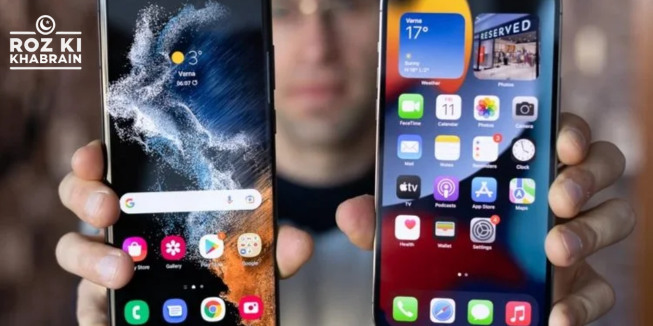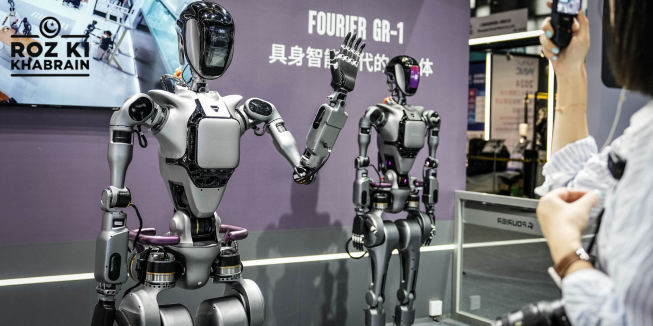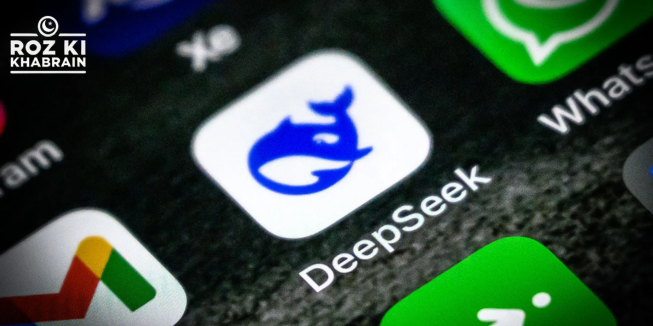The rivalry between iOS and Android has persisted for over a decade, with dedicated users on both sides fiercely defending their preferred platform. As the two leading forces in the smartphone market, Apple’s iOS and Google’s Android offer distinct experiences, each with its own strengths and drawbacks.
But which one truly stands out? Let’s break down the key factors to help you make an informed decision.
1. User Experience: Simplicity vs. Customization
iOS: Known for its sleek, user-friendly design, iOS ensures a seamless experience. Apple’s tight integration of hardware and software delivers smooth performance and consistency across all devices. It’s perfect for users who value simplicity and ease of use.
Android: Android is all about customization. With options like home screen widgets and third-party app stores, Android offers far more flexibility, allowing users to personalize their devices. However, this can sometimes result in a less polished experience, especially on budget devices.
2. App Ecosystem: Quality vs. Quantity
iOS: Apple’s App Store is famous for its high-quality apps, thanks to a thorough review process. Developers often prefer iOS for its wealthier user base, leading to more premium apps and games. Apps are also better optimized for iOS devices.
Android: While the Google Play Store boasts more apps, many of them are free, and the quality can vary. Some apps are poorly optimized across Android’s vast array of devices. However, Android does allow sideloading from third-party sources, offering a more open ecosystem.
3. Hardware: Premium vs. Variety
iOS: Since Apple develops both the hardware and software, iPhones offer a tightly integrated system. Known for premium build quality, the latest processors, and long-term software support, iPhones come at a higher price.
Android: Android is available on a wide range of devices, from budget-friendly options to cutting-edge flagships. Brands like Samsung, Google, and OnePlus innovate with foldable screens, high-refresh-rate displays, and advanced camera systems, offering a phone for every budget and preference.
4. Privacy and Security: Controlled vs. Open
iOS: Apple prioritizes privacy with features like App Tracking Transparency and on-device processing for Siri. The closed nature of iOS makes it harder for malicious apps to infiltrate, creating a more secure environment for users.
Android: While Google has made significant strides in securing Android, its open nature leaves it more vulnerable to malware and security breaches. However, Android offers greater transparency and control over app permissions, appealing to privacy-conscious users.
5. Ecosystem Integration: Apple vs. Google
iOS: If you’re already using other Apple devices, like a Mac, iPad, Apple Watch, or AirPods, iOS is an easy choice. Features like AirDrop, Handoff, and iCloud make it simple to switch between devices seamlessly.
Android: Android integrates well with Google services such as Gmail, Google Drive, and Google Photos. It also plays nicely with a variety of third-party devices and platforms, offering flexibility for users who prefer an open ecosystem.
6. Software Updates: Timely vs. Fragmented
iOS: Apple delivers software updates consistently for all supported devices, often for five years or more, ensuring the latest features and security patches for users.
Android: Software updates on Android can be less predictable, with some devices receiving timely updates while others lag behind. Even Google’s Pixel devices may not always receive updates as quickly as iPhones.
Which Is Better?
The decision between Android and iOS ultimately comes down to your priorities.
If you value a smooth, secure, and polished experience with premium hardware, iOS is the better choice. However, if customization, variety, and flexibility are important to you, Android may be the ideal platform.
Both operating systems have their advantages, and their ongoing rivalry fuels innovation in the smartphone market. Whether you’re loyal to iPhone or Android, one thing is certain: the battle for smartphone supremacy continues.




